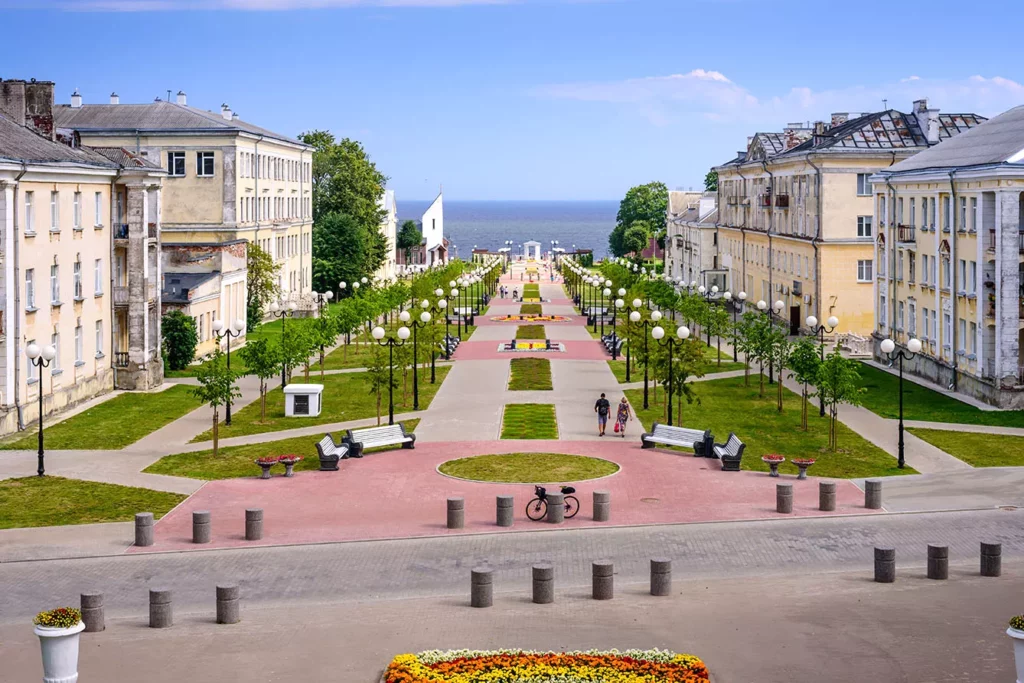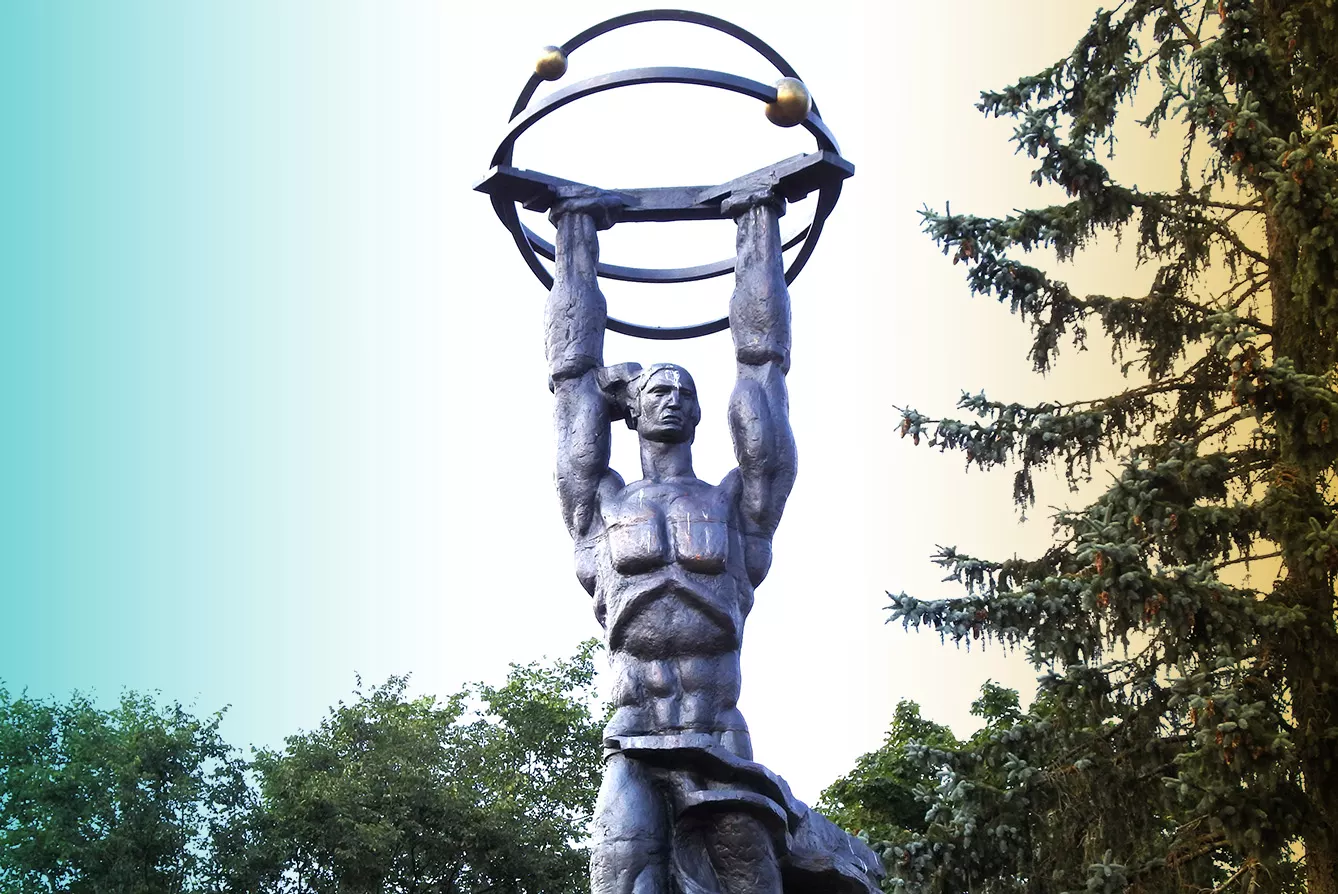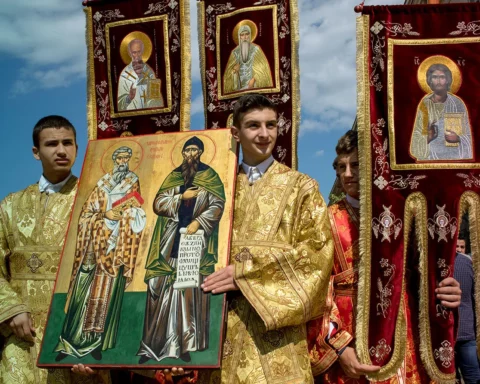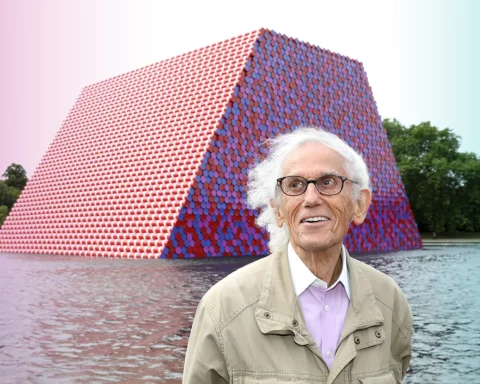When a city disappears from the map, it is usually unlikely to reappear – it’s abandoned, not maintained, and lies in ruins. But the Estonian town of Sillamäe only disappeared for a relatively brief period under Soviet rule – and only from the map. In fact, it’s still inhabited by almost 15,000 people.
The Bridge Hill with Uranium ore
Sillamäe, which literally means “Bridge Hill,” is the northeasternmost city of Estonia, probably established in the 18th century. One hundred years later, part of the Russian Empire, the town became the Gulf of Finland resort city. Peaceful and picturesque, it contained dachas of the likes of physiologist Ivan Pavlov (the one to describe conditioning dogs, known as the Pavlov effect.) Aristocrats, scientists, and Artists vacationed in Sillamäe, including Pyotr Ilyich Tchaikovsky.


But the 20th century brought industrialization. Oil started to be mined and processed. Vacationers could now read by electric lights but at the price of having a power plant constructed in their once-peaceful city. It is said that Sillamäe oil fueled Nazi submarines until the war broke out. After industrialization came warfare: during the Second World War, Sillamäe was a part of the Tannenberg Line of defense in the Battle of Narva.
But the real breakthrough came after the war when the town became part of the Soviet Union (as all current Baltic countries were, along with Belarus and Ukraine). From the second half of the forties, Soviet industry would turn former shale oil processing plants into factories extracting uranium – a resource crucial to the Soviet nuclear program. Later, richer Uranium ore from “brother countries” was imported for processing.
The grand reopening of Sillamäe
But, as we already mentioned, uranium was a crucial ingredient of the no less crucial project of the Soviet Union, necessary to keep pace with what they called “western imperialists.” And such a vital part of the military-industrial complex demanded a certain level of secrecy. Hence the reason why Sillamäe vanished: it was sealed off and erased from the maps.

The decision was made under Stalin and Lavrenty Beria, who headed the Soviet Nuclear Program. Estonians were forced to leave their town accessible to Soviet-designated personnel only. All outgoing correspondence was censored, and all incoming post was supposed to be addressed using codenames. Mention of the city’s mere existence could get you into trouble.
And since all Estonians were expelled from their city, someone had to fill the gap. Gulag prisoners built the factories but lacked the education to secure jobs at the completed sites. So, thousands of students were moved into the city, reportedly on cargo rail cars.
Surprisingly, the standard of living in Sillamäe was superior to both Gulag and many towns across Soviet Russia. It was supposed to offer good conditions for people working for Soviet greatness. So much so that in 1949 the city won the First Prize in the Architecture category from the Estonian SSR. Not bad for a town that didn’t exist.
Sillamäe reopened after the fall of Communism, and Estonians are now free to move in. Nonetheless, the Russian population in the city is still 85 percent strong. The town also struggles to attract ‘regular’ business. Maybe the seaside on the Gulf of Finland, which created the first Sillamäe, could (again) be its future?







